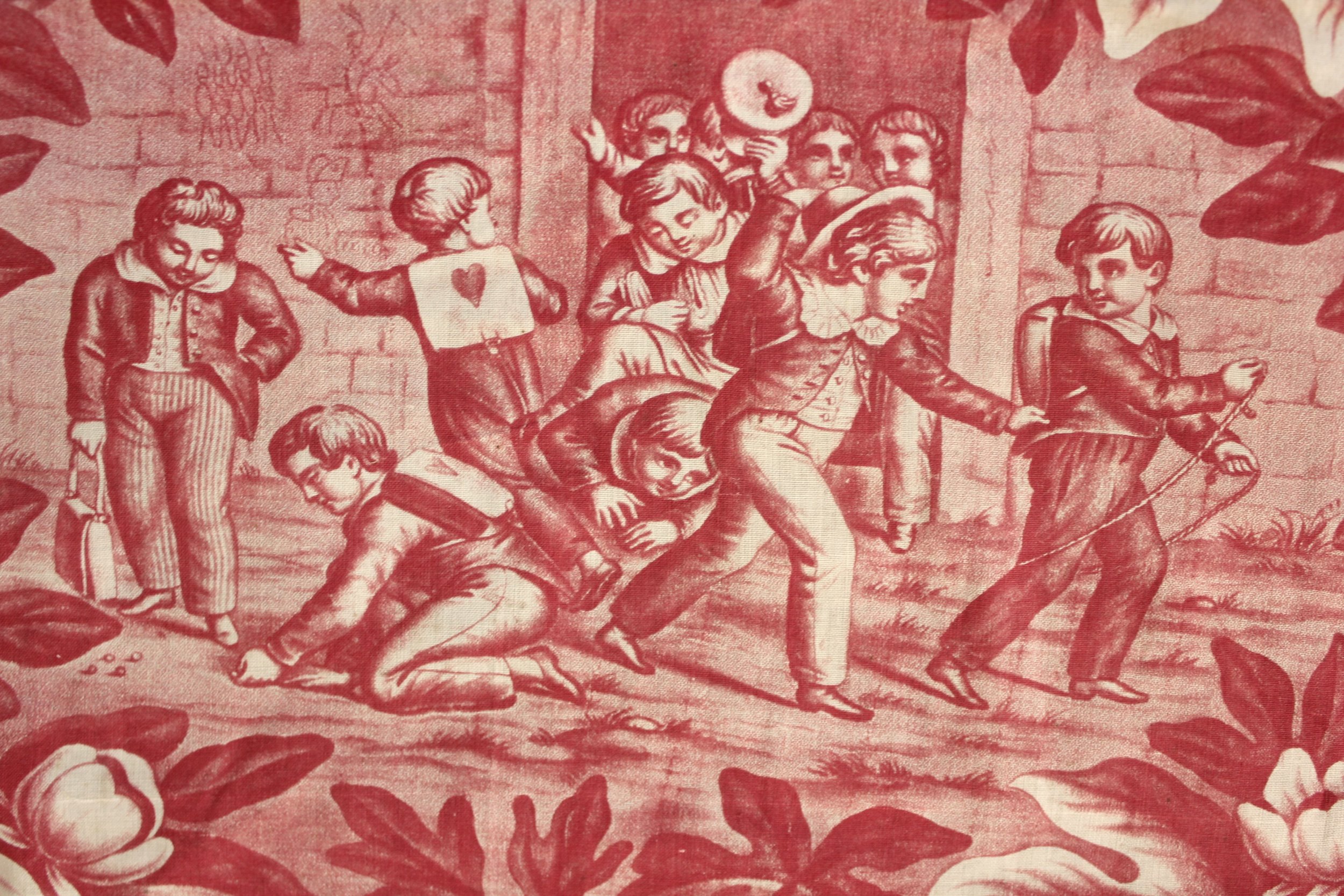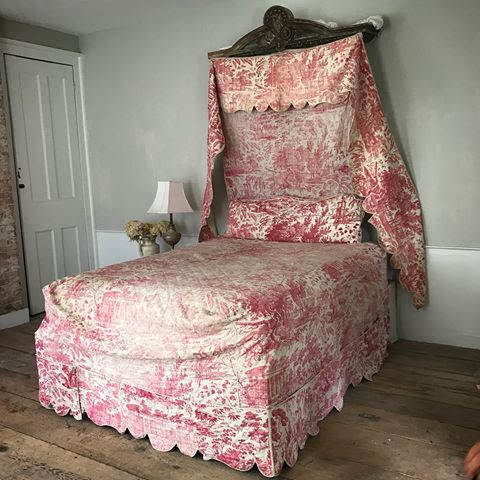Toile Fabric
Toile fabrics often tell a story and have beautiful, detailed vignettes amidst tangles of foliage and floral embellishments.
A Brief History of Toile
Toile fabric was made popular in Europe during the 18th century. This style originated in the United Kingdom and spread to France. The most iconic toile fabrics are those referred to as Toiles de Jouy. The "Jouy" in Toile de Jouy refers to the original and most successful manufacturer of these distinctive printed fabrics located in Jouy-en-Josas, France. The pioneer of these fabrics was Christophe Phillipe Oberkampf (1738-1815). Oberkampf's location was chosen well as it was situated near the palace at Versailles. Aristocratic ladies on their way to court often eyed these interesting pieces spread out in the sun to fix the colors. Royal visits followed and the title of “Maufacturer Royal" was soon granted to Oberkampf. Oberkampf’s factory manufactured these wonderful prints between the years 1760 to 1843. In 1976, the Musee Oberkampf was opened on the original site of the factory. If ever you get a chance to visit, I can’t recommend it highly enough!
There were other popular printing areas in France around Oberkampf's time, one of which was located in Nantes. This region also produced some wonderful toiles, some of which you will see on my online stores.
Qualities of These Textiles
Toile prints took their inspiration from Indian cotton prints. Although many of us have come to know toile Fabric as monochromatic bucolic scene patterns, they actually included many beautiful floral dress fabrics as well. Around thirty thousand floral patterns were produced at the Toile de Jouy factory alone during Oberkampf's time. The predominant color of 18th century toiles is monochrome red, with the occasional and rare blue toile. Sepia and mauve dyes became popular in the early 19th century. The configuration of the design tells the story of the printing technique: a hand-block printed design will be based on repeats of squares and if you look carefully, you can sometimes see where each block begins. Copper rollers are not limited to this repeat and can be much bigger and stretch from edge to edge. There is a certain feel of the textile in the hand, but with time and experience a collector will be able to gauge (sometimes without being able to say exactly why!) a textile feels of a certain era.
Uses
My collection of toile fabric comes in a range of shapes, ages and sizes. Sometimes they are quilted, sometimes they are fragments of panels or valances. These wonderful textiles make stunning display pieces, and some even deserve framing! They make beautiful decorative pillows, framed pieces and curtains. Pieces that have remained intact can be used as they were originally intended. Above you can see an 18th century four-poster toile bed set I found intact!


